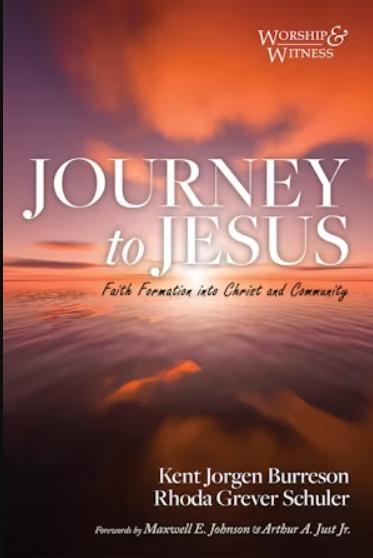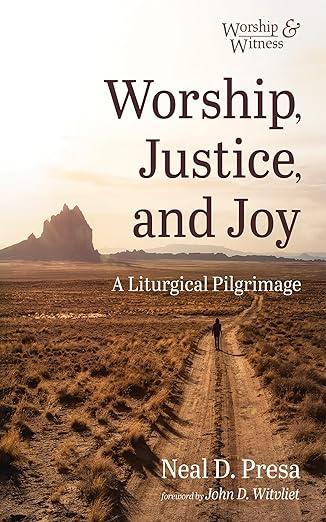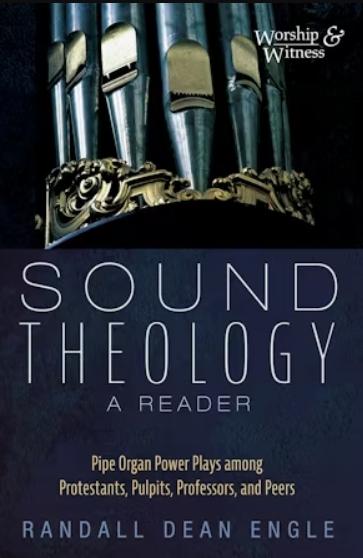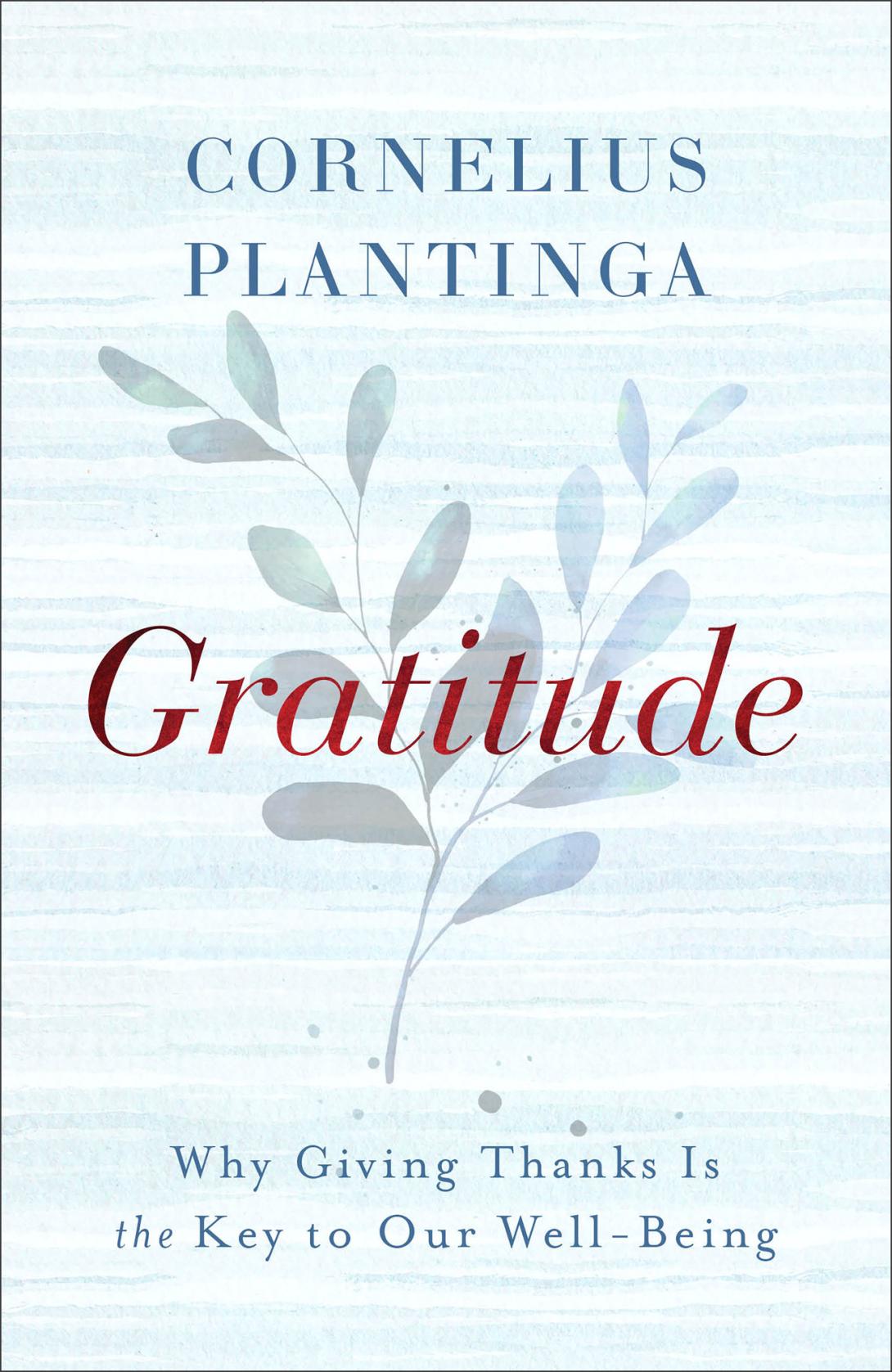Book Details
Congregational community engagement is so widespread in the United States that it is best described as a congregational norm. Both congregational leaders and attenders, in fact, expect to be involved in these activities simply as matter of course. Moreover, people in need assume aid from congregations remains part of the natural order. Beyond that, most congregations want to be involved in their communities—they see neighborhood participation as a natural product of their mission. And congregational social activity also tends to spur other action: studies show that individuals who attend congregations in which there is a strong and clear priority on community care are more likely than others to be civically engaged outside the congregation. In other words, congregational activity has ripple effects that are hard to even measure. Congregations interested in community engagement, though, should prepare to accurately assess both their limits and capacities in addressing community issues. There exists no step-by-step formula for congregational engagement that simply translates to all communities/neighborhoods. This book, however, offers a brief overview to stimulate congregational thinking about community engagement in a manner that includes insights regarding social science and local context.
Recent Publications
Journey to Jesus
By: Rhoda Grever Schuler , Kent Jorgen Burreson
When many Christian congregations are asking, "How can we draw new members into our midst?" the authors reframe the question: "How can congregations make new disciples and deepen the faith of long-time Christians?"
Worship, Justice, and Joy: A Liturgical Pilgrimage
By: Neal D. Presa
This book connects the pilgrimage of life and faith to parallel movements of worship as communities gather to hear, read, proclaim, receive, and witness to the word of God.
Sound Theology: A Reader
By: Randall Dean Engle
This book brings to life in English for the first-time primary, curated sources associated with the pipe organ controversy in the Netherlands during the Reformation.
Journey to Jesus
By: Rhoda Grever Schuler , Kent Jorgen Burreson
When many Christian congregations are asking, "How can we draw new members into our midst?" the authors reframe the question: "How can congregations make new disciples and deepen the faith of long-time Christians?"
Worship, Justice, and Joy: A Liturgical Pilgrimage
By: Neal D. Presa
This book connects the pilgrimage of life and faith to parallel movements of worship as communities gather to hear, read, proclaim, receive, and witness to the word of God.
Sound Theology: A Reader
By: Randall Dean Engle
This book brings to life in English for the first-time primary, curated sources associated with the pipe organ controversy in the Netherlands during the Reformation.
Gratitude: Why Giving Thanks Is the Key to Our Well-Being
By: Cornelius Plantinga, Jr.
In Gratitude, award-winning author Cornelius Plantinga explores these questions and more. Celebrating the role of gratitude in our lives, Plantinga makes the case that it is the very key to understanding our relationships with one another, the world around us, and God.




